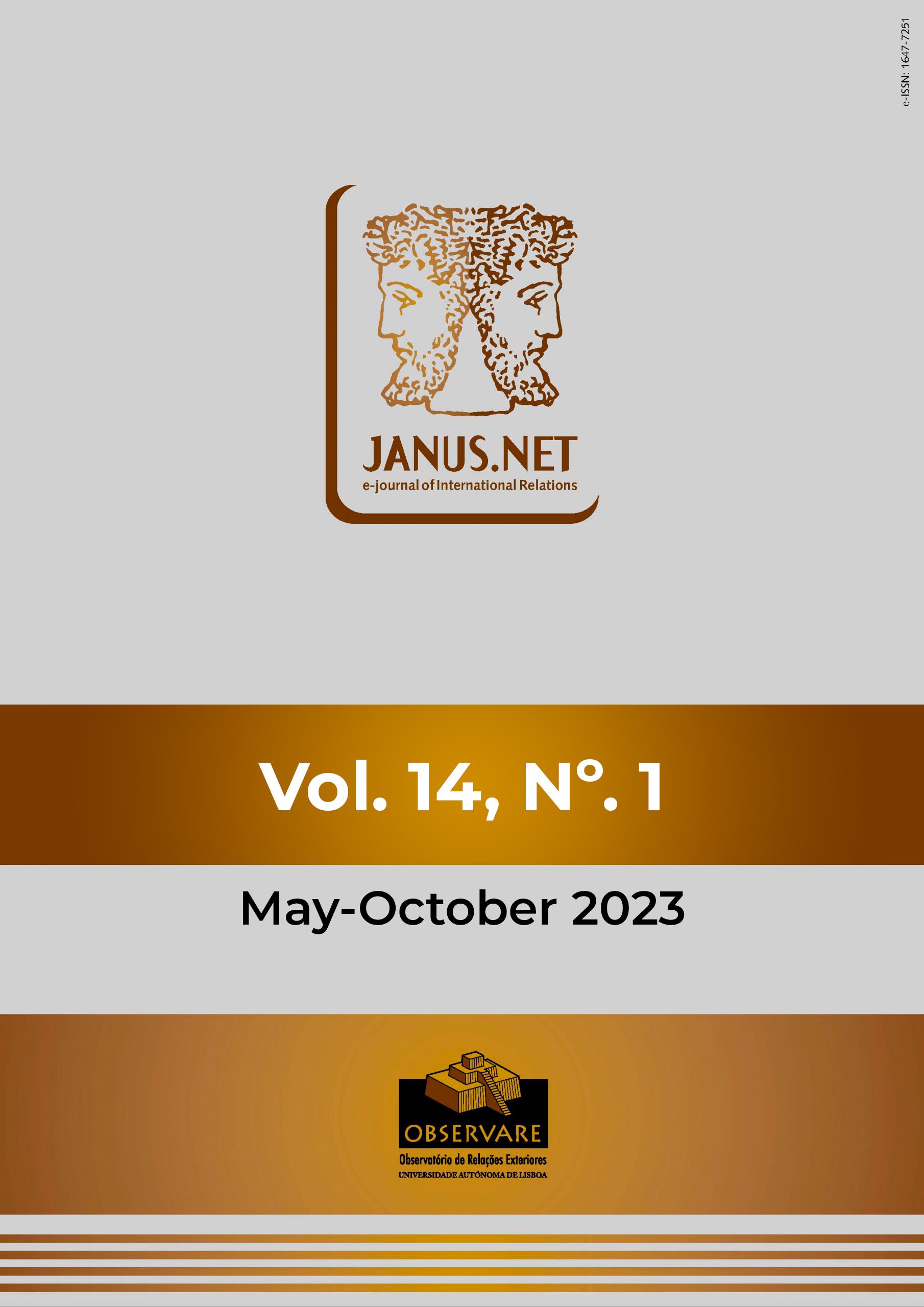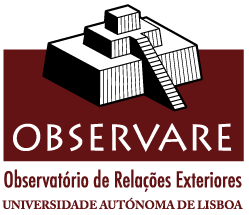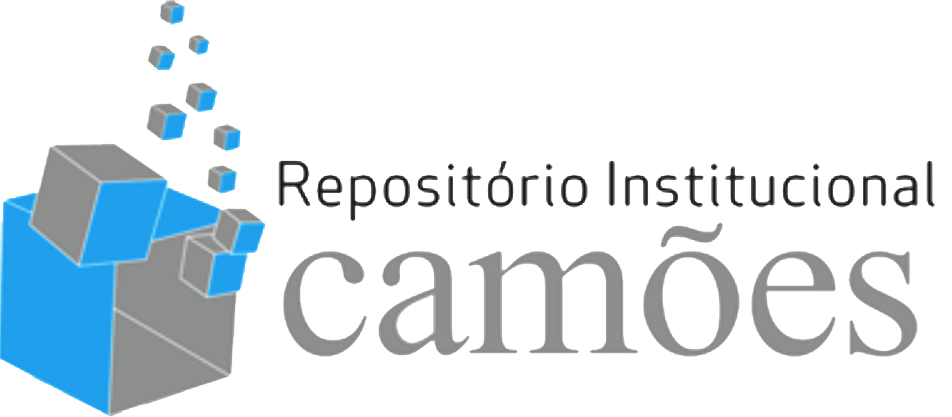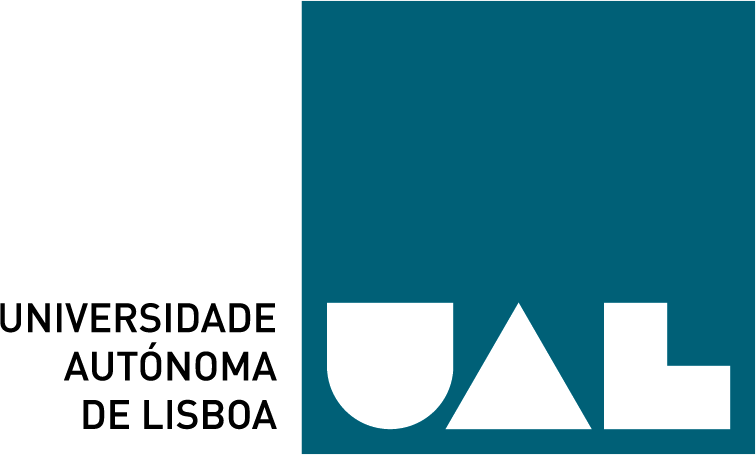Mega-structures and sport mega-events have been attractions in many mega-cities
representing their identity to the rest of the world. Such phenomenon has also taken place in
Jakarta by the existence of the newly erected Jakarta International Stadium and the recently
held Formula E and both have gained attention and stimulated conversations in Indonesia. So
have both been known as a green stadium and a green race. Integrating sustainability to
urban development has been a global trend and Jakarta attempts to take advantage of such
trend to create branding. This research aimed to describe the rationale of greening the
stadium and race by the Jakarta regional government within its city branding policy. This
research employed the qualitative method and descriptive analysis in addition to the concept
of para-diplomacy and city branding. This research found that both green stadium and race
were utilized as symbols or promotional value to promote green development in the city. City
branding by the Jakarta regional government was a diplomatic practice bringing a message
about the city transformation to be a green and global city. This paper provides a perspective
that city branding is para-diplomacy itself or one form of para-diplomacy practices. This paper
argues that through city branding, cities should be able to not only widen their specific needs
locally but also pave their global role in addressing the global challenges like climate crisis.
This paper benefits those who are interested in or are studying today city para-diplomacy and
global urban politics.
JAKARTA’S CITY BRANDING AS PARA-DIPLOMACY: BEYOND GREENING STADIUM AND RACE
»
A doctoral student in International Relations at Universiti Sultan Zainal Abidin (Malaysia). Former
Assistant Professor at the Department of International Relations, Universitas Abdurrab,
Indonesia. The main focus of the author’s research is on the issues surrounding foreign policy
and para-diplomacy.
Resumo
Mega-structures and sport mega-events have been attractions in many mega-cities
representing their identity to the rest of the world. Such phenomenon has also taken place in
Jakarta by the existence of the newly erected Jakarta International Stadium and the recently
held Formula E and both have gained attention and stimulated conversations in Indonesia. So
have both been known as a green stadium and a green race. Integrating sustainability to
urban development has been a global trend and Jakarta attempts to take advantage of such
trend to create branding. This research aimed to describe the rationale of greening the
stadium and race by the Jakarta regional government within its city branding policy. This
research employed the qualitative method and descriptive analysis in addition to the concept
of para-diplomacy and city branding. This research found that both green stadium and race
were utilized as symbols or promotional value to promote green development in the city. City
branding by the Jakarta regional government was a diplomatic practice bringing a message
about the city transformation to be a green and global city. This paper provides a perspective
that city branding is para-diplomacy itself or one form of para-diplomacy practices. This paper
argues that through city branding, cities should be able to not only widen their specific needs
locally but also pave their global role in addressing the global challenges like climate crisis.
This paper benefits those who are interested in or are studying today city para-diplomacy and
global urban politics.
Palavras-chave
Como citar este artigo
Luerdi, Luerdi (2023). Jakarta’s city branding as para-diplomacy: beyond greening stadium and
race, Janus.net, e-journal of international relations, Vol14 N1, May-October 2023. Consulted
[online] in date of last visit, https://doi.org/10.26619/1647-7251.14.1.9
Article received on 23 November, 2022 and accepted for publication on 11 March, 2023















